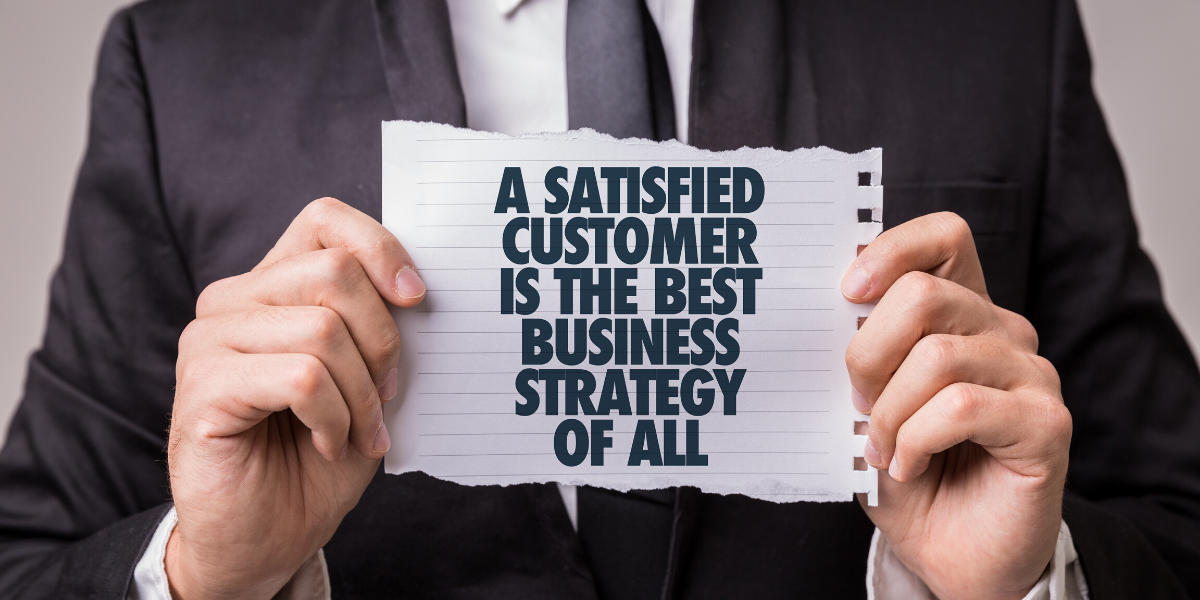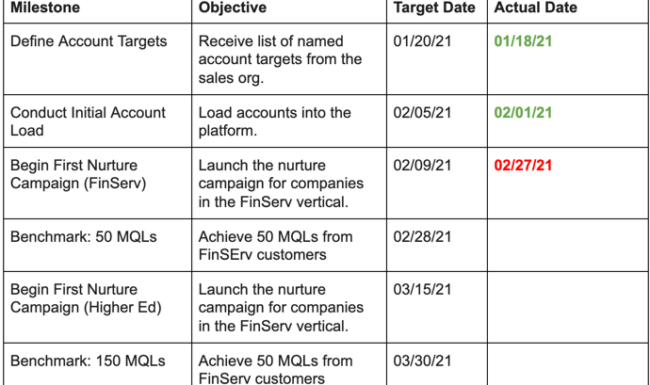*Customer Success Managers:* How to Systematically Drive Revenue Retention (Renewals)

What is the Mission of Customer Success?
According to The Customer Success Association, the mission of Customer Success is “To increase sustainable proven value for both the Customers and your Company.”
That mission is spot on, from our perspective, but what does it take to achieve that mission? It’s actually fairly simple, conceptually:
- Companies start out life by wanting to generate revenue through new customer acquisition (Revenue Acquisition).
- However, in order to achieve meaningful and sustainable growth you must also retain that revenue at renewal (Revenue Retention).
- To retain revenue at renewal, “consistently”, customers must have confidence that your product or service is delivering the value that they expect.
- To deliver the value they expect, you must be aware of their expectations upfront, validate that they’re achievable, and then jointly craft a plan to systematically achieve their desired results with clearly-defined milestones, target dates, and checkpoints.
With this straightforward framework in place, the renewal conversation becomes much more approachable.
How Should a Customer Success Manager Outline the Customer’s Expectations upfront?
This begins with defining the customer’s desired “Business Outcomes” or goals. B2B customers don’t traditionally purchase a product or service just because it has cool features, because you’re a likeable person, or because they know others that bought it. Those are all factors, but not the foundation of the need.
To truly hone in on a customer’s expectations, the Customer Success Manager (CSM) should meet with the customer to define what their desired business outcomes are for the duration of the agreement they’ve contracted for. For example, most software (SaaS) contract durations are traditionally annual agreements.
With that in mind, it’s not only important to gather your customer’s goals, but to validate that they’re achievable in the given timeframe. It’s assumed the CSM works with many other customers, so they’ll likely have an idea of what’s achievable and what’s not. This is the first step in adding value to your customer’s life; help set meaningful, reasonable, and highly-achievable goals. If the goals they are setting are unachievable, it’s important to flag that and either reset expectations or hit the drawing board again to find an alternative solution.
Finally, you should also flag and document external factors that might prevent the customer from achieving their goal that are outside of your company’s control. The last thing you want is to be blamed for not hitting a goal when it had nothing to do with your product or service. To identify external factors, simply ask, “For this one goal, setting aside our product/service for a moment, are there any other things that could happen that would prevent you from achieving this?
How Many Goals Should a Customer Success Manager Encourage Their Customers to Set and Work Towards?
In general, there should only be three to five overarching goals (business outcomes) for most purchases made. There will be many wins to be had along the way towards achieving these outcomes, but there still should only be three to five goals and they need be able to be “checked off”. This means that you can objectively and factually determine if the need has been met.
I used to sell a Marketing Automation product. Here are random goals that I would consider highly achievable and able to be checked off (assuming a one-year contract):
Goal #1: Deploy 40 more webinar programs this year without adding any more dedicated webinar personnel.
- Potential External Detractors:
-
- Our content team is unable to deliver enough content in time.
- The sales team doesn’t have the capacity to follow up on all of the webinar leads, so webinars may get deprioritized.
- Loss of key personnel throughout the year. Can’t execute webinars.
-
Goal #2: Generate 500 net new Marketing Qualified Leads directly as a result of our new Account-Based Marketing programs.
- Potential External Detractors:
-
- Our content team is unable to deliver the content required by Vertical (short-staffed).
-
Goal #3: I want to deliver 400 upsell/cross-sell marketing qualified leads to sales.
- Potential External Detractors:
- What is being sold just isn’t resonating with customers (we can’t control the quality of their products)
- Content team is unable to deliver enough content in time.
Example of a Goal to be Avoided (using the marketing automation example again): Achieve $500k in new bookings.
While this goal is very quantifiable, it’s not “all” on Marketing. An external factor (sales) is in play as well. If the sales team is executing poorly, I don’t want to be punished as a vendor because my software had no impact on that outcome. That’s why you have to be extra careful about not tying yourself to goals that can be impacted by too many external factors.
What is a Customer Success Plan and How do I Leverage it to Systematically Drive Goal Achievement?
A Customer Success Plan is a list of milestones that need to be accomplished before you can check off any of the 3-5 overarching goals we discussed earlier, organized by target dates (very similar to a project plan). Let’s work with one of the goals we listed above.
Goal: Generate 500 net new Marketing Qualified Leads as a result of our new Account-Based Marketing programs.
Customer Success Plan:

I won’t map out the whole year for you, but I think you get the gist. The challenge some CSMs face with these plans though is getting too far into the weeds of tasks. You don’t want to become their personal task manager.
The CSM’s goal is to set up some semblance of a plan to get someone up and running (slightly granular), then set reasonable benchmarks throughout the year to gauge where the customer should be as time goes on. A plan like this should be made for every single goal, then aggregated into a master list of milestones and target dates.
Congrats! You now have a customer success plan in place that will allow you to systematically drive towards a successful renewal at the end of your contract. Continue to have your regularly-scheduled calls, but ALWAYS have your success plan pulled up on every single call, so you can see how the customer is doing against their benchmarks.
If you need to change goals or milestones, be sure to document those changes as well. If they change their goals mid year, and the goals are not met by the end of the year, you now have the entire customer’s journey, with all changes (date/time stamped), at your fingertips to show the customer what occurred over time, in case you need to defend your renewal.
Finally, having a customer success plan is very helpful to sales personnel as well, especially when it comes to upsell/cross-sell opportunities. Sales reps can view your CSP (read only) and see:
-
- Goals: Reps oftentimes forget customers’ goals because they aren’t involved in the day-to-day management of the account.
-
- Milestones: The rep can have full visibility into product adoption and see whether or not the customer is achieving their goals. If they are, there’s a higher chance of upsell/x-sell success.
-
- Insights: The rep can see any notes/comments made on the account by the CSM, aggregated in chronological order.
Sales and Customer Success are finally aligned! ?
What About The Human Element of Customer Success?
We’ve talked quite a bit about the technical process for systematically driving revenue retention, but to get there you need to build a relationship; one of mutual trust and understanding. Get to know your customers on a personal level and show up every day with sympathy or empathy for what they do on a daily basis. Your job is to make them successful and, hopefully, make their day just a little bit easier as often as possible.
Having this type of strong relationship is what will help you pull through sticky situations, enable you to tactfully nudge/push them when they’re falling behind on their CSP, and the right to provide your unadulterated opinion at any time because they view you as a trusted advisor that always has their best interests in mind.
With a strong relationship and a plan, success is just around the corner for your customer, for your company, and for your career.
Uncover Your Growth Potential
Whether starting with a single sales team or a single partner, any co-sell motion can be live within 30 days.
Schedule a Discovery Call
 Premium
Premium 


